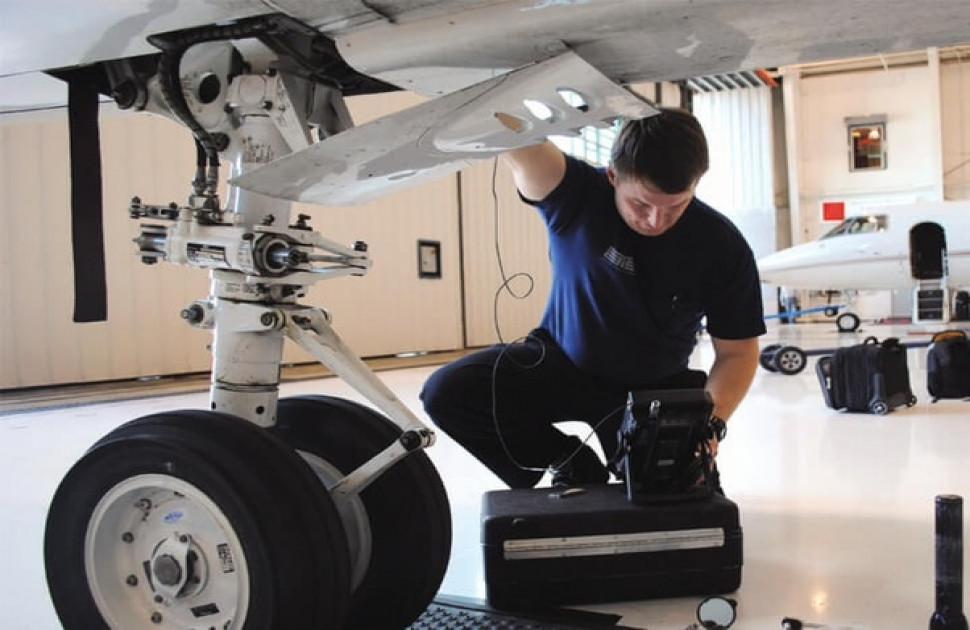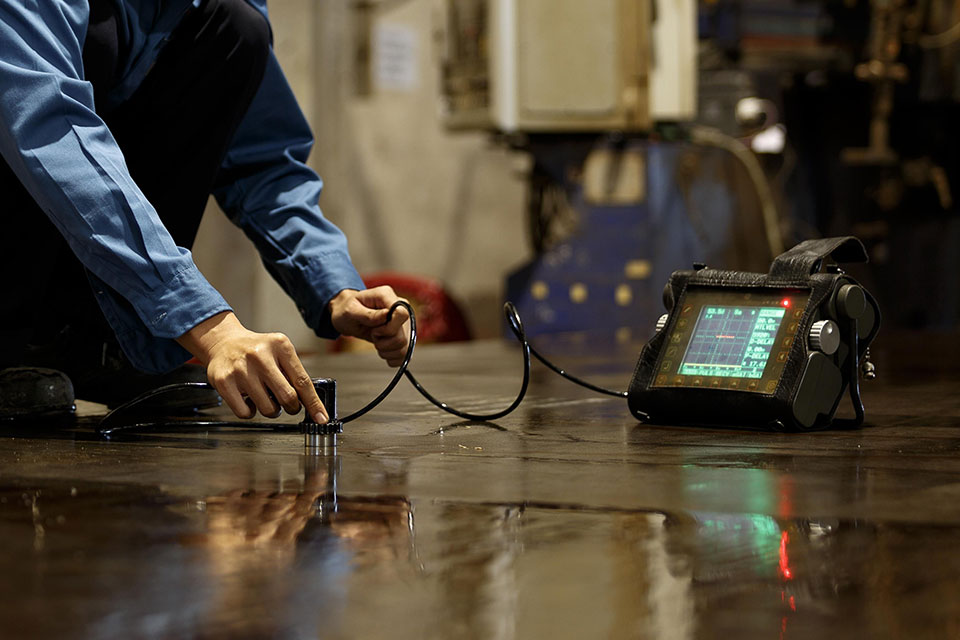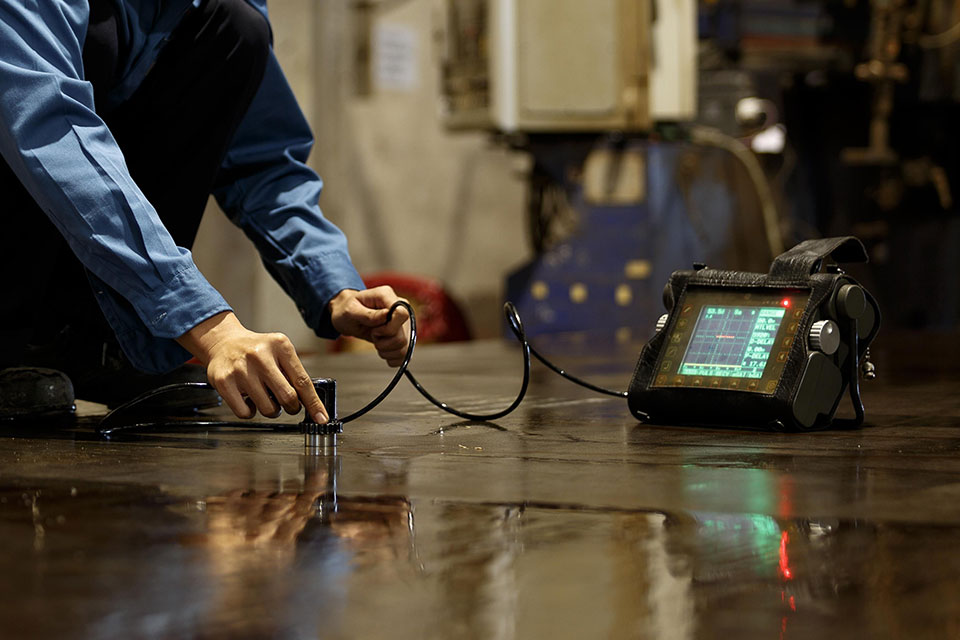Understanding the effect of frequency on defect detection is crucial for quality assurance professionals. In the ever-evolving world of quality control, the ability to detect defects efficiently and accurately can significantly impact production outcomes. This article delves into how varying frequencies in inspections and tests can influence the detection of defects in various industries.

Importance of Defect Detection
Defect detection is a pivotal aspect of quality assurance. It ensures that products meet the desired standards and safety regulations. Detecting defects early in the production process can save time, reduce costs, and prevent potential failures. Thus, understanding the role of inspection frequency is essential for optimizing quality control processes.
Defining Inspection Frequency
Inspection frequency refers to how often inspections or tests are conducted during the production process. The choice of frequency can depend on several factors, including the complexity of the product, the industry standards, and the potential risks associated with defects.
Factors Influencing Inspection Frequency
Several factors can influence the decision on how frequently inspections should occur, such as:
- Product complexity
- Industry standards
- Potential risks
- Historical defect data
High Frequency vs. Low Frequency
Choosing between high frequency and low frequency inspections involves weighing the benefits and drawbacks of each approach. High frequency inspections may increase detection rates but can also lead to higher operational costs. Conversely, low frequency inspections may reduce costs but risk missing defects.
Benefits of High Frequency Inspections
Conducting inspections more frequently can lead to early detection of defects, allowing for quicker corrective actions. This proactive approach can be particularly beneficial in industries where safety is paramount.
Drawbacks of High Frequency Inspections
While high frequency inspections can improve defect detection rates, they can also result in increased costs and resource allocation. Balancing these factors is crucial for maintaining efficiency.
Optimizing Inspection Schedules
To optimize inspection schedules, quality assurance professionals should consider the specific needs of their industry and product. Regular analysis of defect data and trends can help in making informed decisions regarding frequency adjustments.
Data-Driven Decision Making
Using data analytics to review historical defect patterns can guide the adjustment of inspection frequencies. This approach ensures that resources are allocated efficiently while maintaining high detection rates.
Industry Examples
Different industries may have varying requirements for inspection frequency. For example, the HVAC industry may require frequent inspections due to the critical nature of temperature control systems, while other industries may benefit from less frequent checks.
Case Study: HVAC Industry
In the HVAC industry, frequent inspections are necessary to ensure systems operate efficiently and safely. By analyzing energy usage patterns, companies can determine optimal inspection frequencies.
Technological Advancements
Advancements in technology, such as AI and machine learning, are transforming the field of quality assurance. These technologies can enhance defect detection capabilities and optimize inspection frequencies.
AI in Quality Assurance
Artificial intelligence can assist in analyzing large datasets to identify defect patterns, enabling more accurate predictions of when defects may occur. This predictive capability allows for more strategic scheduling of inspections.
Best Practices for Frequency Determination
Determining the optimal frequency for defect detection requires a strategic approach. Consideration of product type, industry regulations, and historical data are all essential for developing a robust inspection schedule.
Regular Review and Adjustment
Regularly reviewing and adjusting inspection frequencies based on defect data and industry changes can help maintain effective quality control processes.
Conclusion
Ultimately, the effect of frequency on defect detection is significant in quality assurance. By understanding and optimizing inspection frequencies, companies can enhance their quality control processes, ensuring product reliability and safety.

FAQ
Why is defect detection important?
Defect detection is crucial as it ensures products meet quality and safety standards, preventing potential failures and reducing costs.
How does frequency affect defect detection?
Frequency affects defect detection by influencing the rate at which defects are identified and addressed, impacting overall quality control efficiency.
What factors should be considered when determining inspection frequency?
Factors such as product complexity, industry standards, potential risks, and historical defect data should be considered when determining inspection frequency.
For more insights on inspection practices, visit SBN Software or check the HSE guidelines.
This article contains affiliate links. We may earn a commission at no extra cost to you.
